I am hoping someone might be able to help me with our current fireplace. We have the BR-42 which was installed by our builder approximately 7 years ago. Since then, our builder has gone bankrupt so there is no possibility of contacting them directly. We also have no idea who was contracted to do the install. This fireplace box is vented to the outside (directly to the right of the fireplace box; small silver box outside at knee level). From what I’ve seen I believe online I believe we might have a FOAK combustion kit. A gas log system (Mendocino Oak logs manufactured by FMI products for a vented system…purchased at Menards) was also installed at a later date (the fireplace was originally setup for wood with a gas start). The fireplace is located on the north wall of our house in our family. This family is approximately 25′ x 20′ with vaulted ceilings. The family room opens up into our kitchen area. The problem we are having is two-fold.
First, a great amount of cold air seems to be entering through the fireplace. This occurs with the flue is closed. On a number of very cold mornings we have awoke to find white frost covering the vents on either side of the fireplace box and up the chimney column and flue (I have pictures). A noticeable draft can be felt entering through these same vents. We have pulled all the siding off the house and insulated (per the installation directions) around the firebox up approximately 12′. We have also noticed that the draft isn’t as bad if the combustion air intake is covered (the lever on the face of the box to close the vent doesn’t seem to work properly so we have sealed the outside intake with ducting tape). We also use a piece of plexi-glass cut to the size of the opening to seal when the fireplace isn’t in use.
Secondly, the fireplace throws off very little heat when the gas is on. Unless I am sitting within a couple of feet of the box, I feel absolutely no heat.
We would like to buy an insert for the fireplace to make it more efficient but it is not possible financially for the coming winter. We also do not want to spend money having someone come out to do repairs or modifications. We know a fireplace isn’t overly efficient but our case seems extreme. We are looking for tips/advice on how to improve what we have. Anyway, I have the following questions:
1. Is there anyway to “repair” the lever on the face of the firebox that opens and closes the combustion air vent? I think something maybe bent inside but I don’t know how to get to it. The firebox is surrounded by stone. By taping the vent closed permanently , how are we affecting the heat output of the fireplace?
2. Is there anyway to increase the heat output of the fireplace? Would converting back to wood burning help? Other family members have fireplaces with gas logs and they emit A LOT more heat.
3. Would adding glass doors help much?
4. Any other adviceView Image/tips/insight that might help us?
Thanks in advance for your help!
Discussion Forum
Discussion Forum
Up Next
Video Shorts
Highlights
"I have learned so much thanks to the searchable articles on the FHB website. I can confidently say that I expect to be a life-long subscriber." - M.K.
Fine Homebuilding Magazine
- Home Group
- Antique Trader
- Arts & Crafts Homes
- Bank Note Reporter
- Cabin Life
- Cuisine at Home
- Fine Gardening
- Fine Woodworking
- Green Building Advisor
- Garden Gate
- Horticulture
- Keep Craft Alive
- Log Home Living
- Military Trader/Vehicles
- Numismatic News
- Numismaster
- Old Cars Weekly
- Old House Journal
- Period Homes
- Popular Woodworking
- Script
- ShopNotes
- Sports Collectors Digest
- Threads
- Timber Home Living
- Traditional Building
- Woodsmith
- World Coin News
- Writer's Digest
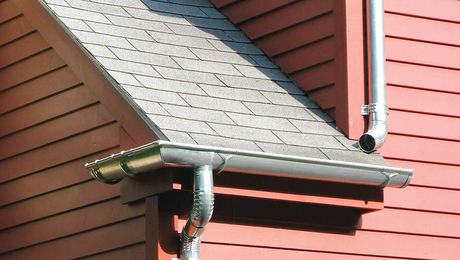

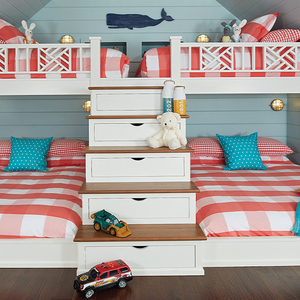
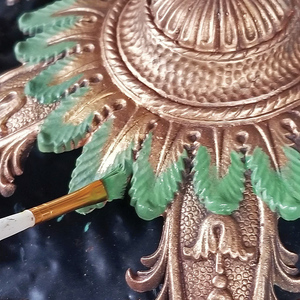
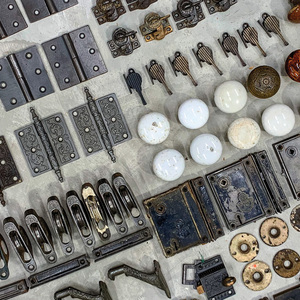
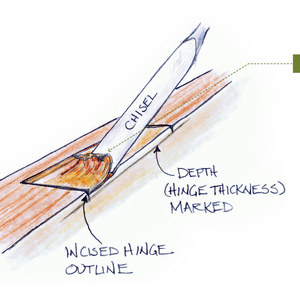







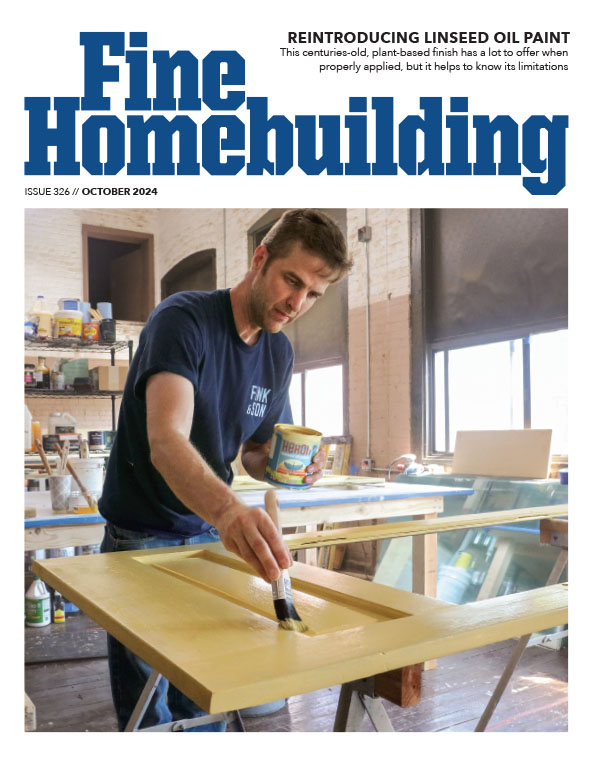





Replies
fix
1. Is there anyway to "repair" the lever on the face of the firebox that opens and closes the combustion air vent? I think something maybe bent inside but I don't know how to get to it. The firebox is surrounded by stone. By taping the vent closed permanently , how are we affecting the heat output of the fireplace?
Repair means first getting at it, probably with a welder. Pretty hard to tell you how to get at it withou being there.
Taping the intake vent would help your specific situation. Make sure you have a CO detector in the house.
2. Is there anyway to increase the heat output of the fireplace? Would converting back to wood burning help? Other family members have fireplaces with gas logs and they emit A LOT more heat.
Most gas FP are for ambience only, very little heat, esp as the flames are yellow and incomplete combustion.
If the original install was gas FP with side vent, you need a new high temp flue to 2 ft above the top of the house.
Other family members with gas FP may be burning their flames more on the blue side or be burning more gas. You may also have some major malfunction, someone with direct FMI experience would need to answer that question.
3. Would adding glass doors help much?
Yes, even better, a piece of plywood with a couple inches of insulation on one side with weaterstripped edges blocking off the FP would work even better.
4. Any other advice /tips/insight that might help us?
/tips/insight that might help us?
Go get a combustion engineering book from library on do online reseach on combustion. Lots to learn on that subject. A smoke test can help you locate the air leaks and paths.
Thanks in advance for your help!
First I'd study the install instructions, to see what the builder bungled: http://www.lennoxhearthproducts.com/resources/manual/Lennox_Hearth_BC-BR_Installation_700026M.pdf
And the "care and operation" manual, if you don't have it already: http://www.lennoxhearthproducts.com/resources/manual/Lennox_Hearth_BC-BR_Care_Operation_725041M.pdf
Generally a gas log setup (in a standard fireplace) is not intended for heat as much as show. Inserts (if appropriately designed) are usually better.
It is probably not advised to operate the unit with the combustion air vent closed. Not only does it create a small hazard, but it causes the fireplace to draw air from the rest of the house, making things COLDER.
(I'm surprised there weren't glass doors on this already. They would help a lot.)
Re: the apparently malfuntioning damper: look up inside at the damper blade itself to see if there's a small clamp attached to the edge of the blade--this might have been installed at the time the gas logs were put in, because that's a code requirement for gas logs that can fire up without the damper being open. A wood-burning unit begins to smoke you out if you fail to open the damper, but gas logs can appear to be burning normally even with a closed damper; thus, the requirement for the clamp that always keeps the damper partially open. (The Code tries to protect Stupid, by penalizing Sensible.)
If the original unit was intended for burning wood, then it should have a flue or chimney capable of going back to burning wood.
The flow of cold air seems likely due to the "stack effect" created by high ceilings (and maybe a 2nd floor?) whereby warm air rises and finds its way out of the house; in turn, this escaped air must be replaced at a lower level of the house, and the largest, easiest path is the fireplace near the floor.
Until you install a gas insert, you will find that the fireplace loses more than it gives in terms of heat gain. Till then, you'll need to rig up some method of stopping the air from flowing into the room, and the better the method, the uglier it will probably appear.
You could also go back to burning wood and install glass doors that seal as tight as possible, but you might be better off to save the $$ toward a gas insert.
Here are some pictures of the fireplace. They include pictures of the firebox, plexiglass sheet used to seal off box when gas is off, gas logs, gas line, flue (8"), lever to close air combustionair combustion vent (in closed postion but still seems to allow air in?), top of chimney, and underneath firebox (basement):
Your pic of the combustion air inlet shows a reasonably tight seal, so the primary source of incoming cold air is more likely the flue/chimney. The instruction plate says that the damper (meaning the the flue, not the combustion air) must be open if the unit is used to burn gas, so check to see that the damper can be closed when you aren't burning.
The plate also states specifically that you can burn wood, and the chimney termination appears to show the cap that is equipped with a spark arrestor, which is an indication the unit is equipped to burn wood if you choose.
Thanks everyone for the advice. The fireplace was originally setup as a wood burning unit (I still have the burner from before we converted it to gas) when we first moved in but we converted it to gas right away. The issue is with the air combustion vent not closing (it is in the closed postion now but seems to leak a lot more air of I don't tape it shut) not the flue. I think right now we are leaning toward converting it back to wood and then saving for an insert in a year or so.
IMHO, fix the problems, don't look for band aids.
I would fix the leak on the vent first. Until I fixed the leak in a manner that allowed the fireplace to work, I would apply a temporary fix to seal the leak. The leak is your biggest problem and nothing will work correctly until it is fixed.
I would not use the fireplace at all, ever, until the leak is correctly fixed. As a previous poster has noted, unvented fireplaces have been in use for a long time, but they do create a suction of indoor air.
I would realize that in most cases, a typical fireplace is a poor choice for heat. Your furnace is much more efficient. A fireplace is more for ambiance than performance.
Given that your home seems to have a wide range of 'opportunities', I would assess the tasks and my level of skill as a diy-er. Then decide whether to perform the fixes myself or hire somebody. It sounds like you could keep a handyman working for a couple of weeks after reading your current posts.
I would think hard about an energy audit to locate and prioritize these opportunities.
It appears that your house leaks in lots of places. The most cost effective use of your time and money is: fix the leaks.
Having found snow on the bedroom floor in our new home below the windows after a blizzard, you have my sympathies.
Good luck.